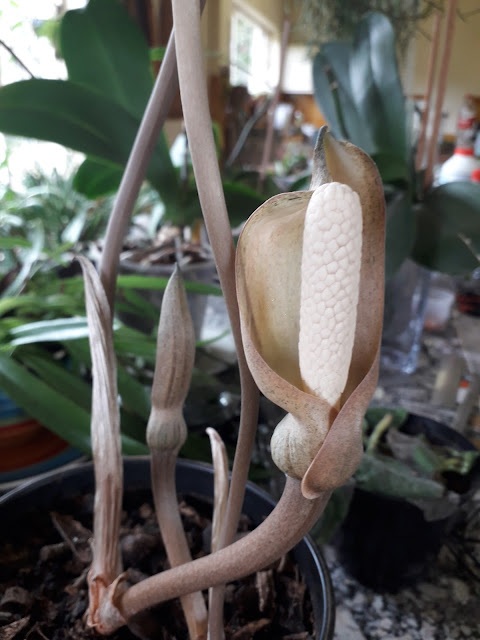Deinbollia oblongifolia, Dune Soapberry, known locally as iQinisa-masimu in the Zulu language growing in the eMalangeni Forest
Deinbollia oblongifolia is a small tree that is found mostly on the edges of the eMalangeni Forest in full sun where it flowers and fruits best as well as in the forest. iQinisa-masimu belongs to the Litchi family Sapindaceae.
Deinbollia oblongifolia Dune Soap Berry iQinisa-masimu belongs to the Litchi family Sapindaceae
Deinbollia oblongifolia very productive tree that supports a wealth of wildlife, many bird species such as the Greenbul, animals such as forest antelope that feed on that browse on the leaves and pick up fruit that has fallen to the ground. iQinisa-masimu also attracts vast amounts of insects in particular bees and some of thee most beautiful butterflies found in the eMalangeni forest. If planted in the home garden the Dune Soapberry is one of the best plants for attracting birds, butterflies and moths as well as other insects into the garden.
Description
Deinbollia oblongifolia is an erect sparsely-branched shrub or small slender tree, about 9 meters (30 ft) tall that has a very upright columnar growth form with distinct terminal heads of leaves. The stem that often branches low down has a dark grey brown colouration.
The Leaves are alternate large, compound,300-500 mm long. The leaf stalk is up to 90 mm long. Leaflets opposite, 5-10 pairs, oblong to elliptic, 35-150 x 15-50 mm, hard, pale green when new becoming dark green, with pale veins.
the leaves have a few hairs or hairless, they are clustered at the ends of the branches. The dune soap-berry may be easily confused with a young forest mahogany (Trichilia dregeana) because of the similar shaped compound leaves, however the dune soap-berry has paler green slightly matt leaves compared to the forest mahogany, which has a darker green leaf that is slightly more glossy.
The flowers of Deinbollia oblongifolia are white and are produced on branched flowering heads at the ends of the branches.
iQinisa-masimu produces masses of pale yellow fruits during the winter months, the fruits of the Dune Soap Berry are rounded, green and velvety when young to yellow and smooth when ripe.
Deinbollia oblongifolia is also the host food plant to many species of butterfly and moths, the leaves and developing fruits are fed on by the larvae of several butterflies and at least one moth the African peach moth Egybolis vaillantina.
These being the magnificent butterfly gold-banded forester Euphaedra neophron that should not be missed under any circumstances, the forest queen Euxanthe wakefieldi and the purple-brown hairstreak Hypolycaena philippus.
Various Deudorix butterfly species' of which the larvae feed feed on the developing fruit of these trees,
These including the larvae of the black-and-orange playboy Deudorix dariaves and the apricot playboy Deudorix dinochares
The extremely attractive larvae of the African peach moth Egybolis vaillantina also feed on the leaves of Deinbollia oblongifolia.
Uses by the local population
The fruit are eaten as well as he young leaves which are cooked and eaten as spinach by the local people.
The seeds lather in water and are used as soap.
Ethnobotany
The roots are used in traditional Zulu medicine a root infusion being used for stomach complaints as well as to treat diarrhea and dysentery. Powdered bark is rubbed into cuts in the forehead to relieve headaches.
Guided excursions
Guided excursions in English, Zulu and German into the eMalangeni Forest, Kosi Bay and surrounding areas including the nearby Tembe Elephant Park can be arranged. Please visit my websites for my contact details.



















No comments:
Post a Comment